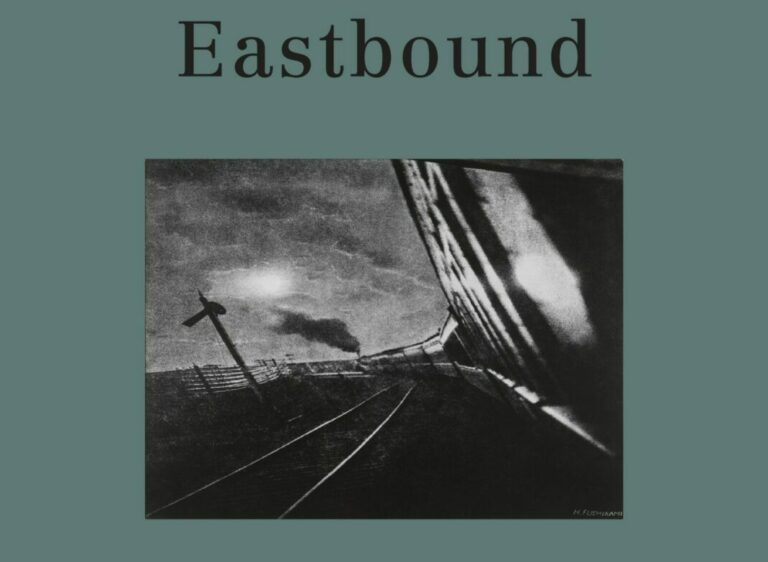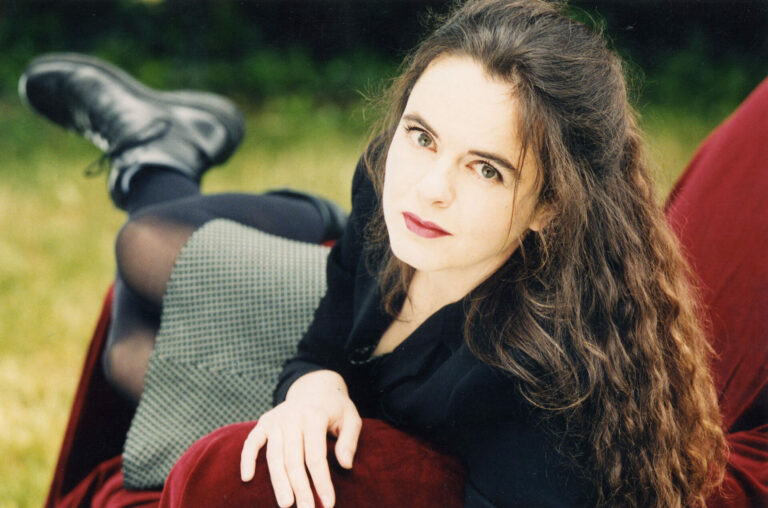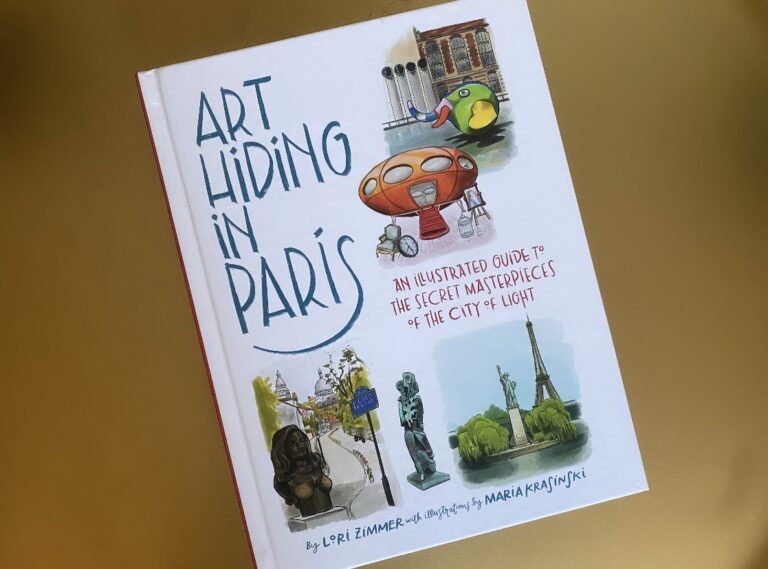Flâner is one of those glorious French words that can hardly be translated. Essentially, it encapsulates the idea of wandering or strolling aimlessly through the world to both see and be seen. Flâneur is the noun affiliated with flâner, used to describe a man who likes to flâner. But what happens when women go for a walk?
Lauren Elkin’s book Flâneuse attempts to answer this question. Complex and rich, simultaneously literary scholarship, historical analysis, and personal memoir, Flâneuse is above all a dismantling of the patriarchal appropriation of urban space. Flâner entered French social lexicon in the 19th century through French poet Charles Baudelaire, who described flâneur as “a gentleman stroller of the streets.” And it was a predominately male activity—historically, women did not have such privilege to be flâneuse.
https://www.instagram.com/p/BYs05PJBTLd/
Elkin is quick to point out, however, that despite social codes restricting women from city streets, women continued to walk. And so, with aplomb and a deft sense of vulnerability, Elkin becomes a literal and history-delving flâneuse, exploring what walking has meant to urban women through the lens of five cities: New York, London, Paris, Venice, and Tokyo. The story is a fascinating weave of personal anecdote and scholarly insight, told across multiple time periods, and above all, through the eyes of strong women–Georges Sand, Jean Rhys, Virginia Wolff, Martha Gellhorn, and Sophie Calle.
The narrative center of the book remains Paris, at first because it bequeathed the idea of the flâneur to the world, then because it bequeathed to Elkin her self-conception as a flâneuse. Elkin may stroll and stray from Paris here and there, particularly in the Venice or Tokyo chapters, but only for a moment and as an element of contrast. Tokyo allows her to take a sharp mise en relief in regards to her personal life, and highlights France as her true one and only.
Part of the work’s charm lies in Elkin’s description of her own walks and favorite places to walk past, like the Val-de-Grâce hospital in the 5th arrondissement, near where she once lived. It was built in 1645 by Anne d’Autriche, the wife of Louis XIII, and is stunning when illuminated at night. Another favorite is the Bar de l’Entracte, on rue de Montpensier near the Théâtre du Palais-Royal in central Paris and next to Verjus, one of Paris’ hottest contemporary restaurants.
What is perhaps most endearing, though, is the way in which Elkin uses the metaphor of walking and wandering to recount her own expat experience: Her fight to stay in France, the process of learning to love Paris’s curves and edges, the sense of displacement she feels when she visits New York, her first true urban love. The closing of the work is, in this way, the sweetest and best part of it all for those who have lived abroad in France, or are still living abroad in France, because it captures what can hardly be explained: the twists and turns of the heart that occur when one wanders far from home, attaches to another place, and is thus transformed. And that, indeed, is the entire point of the work—stray, stroll, wander, or flâner… movement shapes who we are and who we become.






